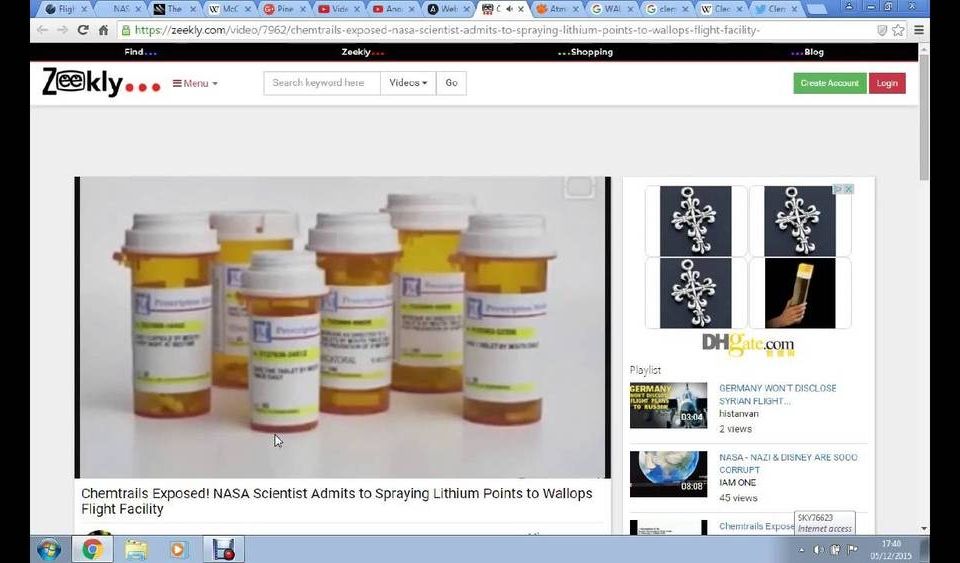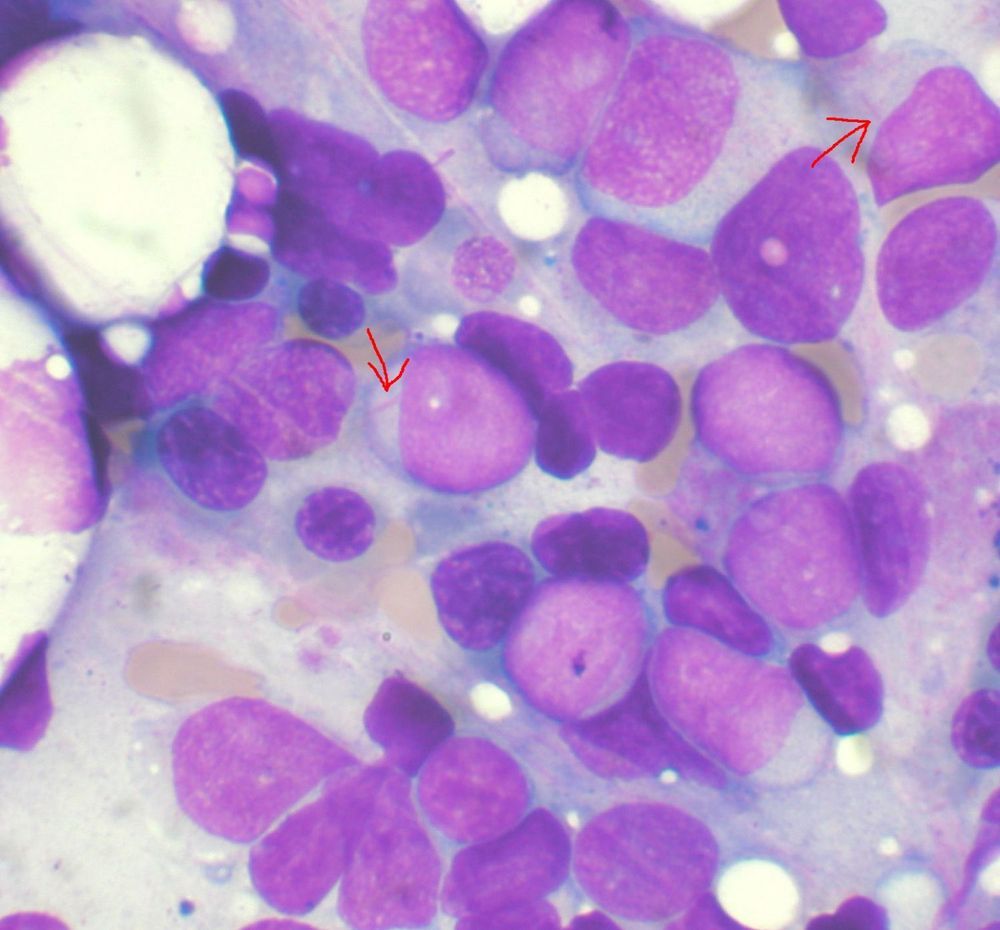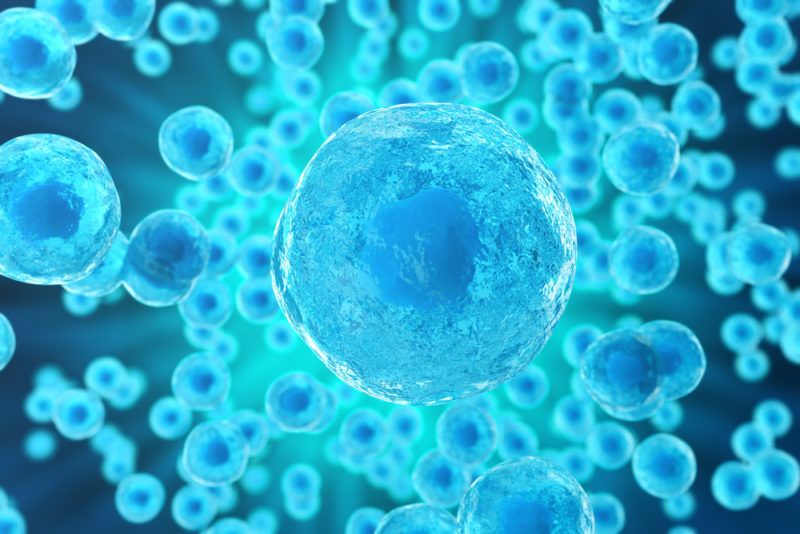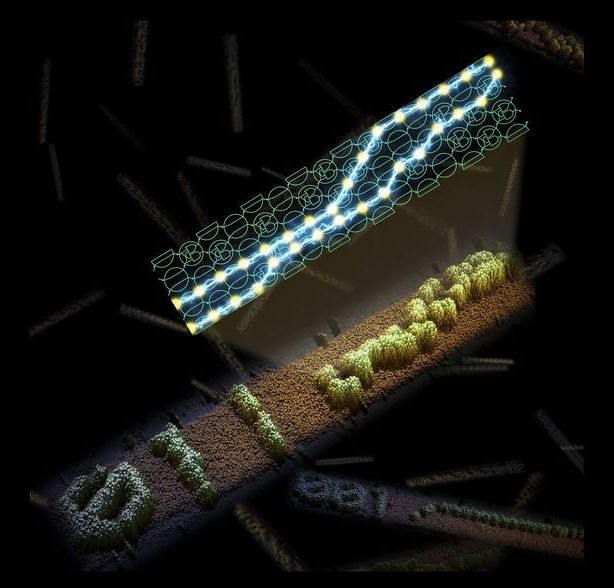Page 8997
Mar 21, 2019
Light coaxes stem cells to repair teeth: Noninvasive laser therapy could radically shift dental treatment
Posted by Quinn Sena in categories: biotech/medical, life extension
A Harvard-led team is the first to demonstrate the ability to use low-power light to trigger stem cells inside the body to regenerate tissue, an advance they reported in Science Translational Medicine. The research, led by Wyss Institute Core Faculty member David Mooney, Ph.D., lays the foundation for a host of clinical applications in restorative dentistry and regenerative medicine more broadly, such as wound healing, bone regeneration, and more.
Mar 21, 2019
China Is Building up to 20 Floating Nuclear Power Plants
Posted by Quinn Sena in category: nuclear energy
Mar 21, 2019
New Robot Is “On The Path to Machine Self-Awareness,” Says Creator
Posted by Quinn Sena in category: robotics/AI
Mar 21, 2019
Research paves way for new source for leukemia drug
Posted by Quinn Sena in categories: biotech/medical, chemistry
Chemistry researchers at Oregon State University have patented a method for making anti-leukemia compounds that until now have only been available via an Asian tree that produces them.
The synthesis of cephalotaxine and homoharringtonine (HHT) paves the way toward less-expensive, more readily available leukemia drugs whose production is not subject to the risks and inefficiencies associated with harvesting natural sources.
Also, the synthesis of cephalotaxine opens the door to preparing other, structurally related compounds for evaluation as potential new cancer drugs.
Mar 21, 2019
NMN, NAD+ and the Plasma Membrane
Posted by Steve Hill in categories: biotech/medical, genetics, life extension, robotics/AI
Earlier this year, we hosted the Ending Age-Related Diseases 2018 conference at the Cooper Union, New York City. This conference was designed to bring together the best in the aging research and biotech investment worlds and saw a range of industry experts sharing their insights.
Joe Betts Lacroix of Y Combinator and Vium discusses the different ways in which entrepreneurs can focus on overcoming the diseases of aging, namely direct, indirect, and money-first approaches, and the strengths and weakness of each.
Joe was the primary technical founder of hardware/software startup OQO, which entered the Guinness Book of World Records for building the smallest fully featured PC. His experience spans from biotech research to electronics design. Very experienced in invention, prosecution and monetization of intellectual property, he has over 80 patents granted and pending in fields ranging from biophysics and safety systems to antennas, thermal systems, user interfaces, and analog electronics. He has written numerous peer-reviewed publications in fields such as biophysics, genetics, electronics, and robotics. Joe holds a Harvard A.B., an MIT S.M. and a Caltech research fellowship.
Mar 21, 2019
Gut Bacteria Contribute to Vascular Aging
Posted by Steve Hill in categories: biotech/medical, life extension
A new publication from researchers at the University of Colorado Boulder shows how gut bacteria increase the risk of cardiovascular disease by contributing to the stiffening of the blood vessels during aging. This study is the first to demonstrate that changes to the gut microbiome promote vascular aging and harm health [1].
The researchers treated groups of young and old mice with a range of antibiotics that are known to kill gut bacteria. Following this, they examined the vascular systems of the mice, particularly the lining of the blood vessels (endothelium) and the stiffness in their large arteries. Additionally, the researchers measured a number of biomarkers, including free radicals, antioxidants, pro-inflammatory cytokines, and nitric oxide in the blood.
After 3–4 weeks of treatment, the researchers once again measured the biomarkers and looked at the vascular system. There was no change in the young group of mice; however, the old mice saw significant improvement in both vascular health and biomarkers. The researchers note that the treatment had suppressed the microbiome of the aged mice and, in doing so, improved their health. Therefore, they concluded that something in the microbiome of old mice was contributing to vascular aging.
Mar 21, 2019
Computer Scientists Create Programmable Self-Assembling DNA
Posted by Paul Battista in categories: biotech/medical, computing, engineering, information science
Computer scientists at the University of California, Davis, and the California Institute of Technology have created DNA molecules that can self-assemble into patterns essentially by running their own program. The work is published March 21 in the journal Nature.
“The ultimate goal is to use computation to grow structures and enable more sophisticated molecular engineering,” said David Doty, assistant professor of computer science at UC Davis and co-first author on the paper.
The system is analogous to a computer, but instead of using transistors and diodes, it uses molecules to represent a six-bit binary number (for example, 011001). The team developed a variety of algorithms that can be computed by the molecules.
Continue reading “Computer Scientists Create Programmable Self-Assembling DNA” »
Mar 21, 2019
NASA Confesses to Dosing Americans with Air-borne Lithium & Other Chemicals
Posted by Victoria Generao in category: government

Lithium alters how we think by changing the levels of serotonin and norepinephrine secreted by our endocrine system. But the government is polluting our environment with the stuff.

















